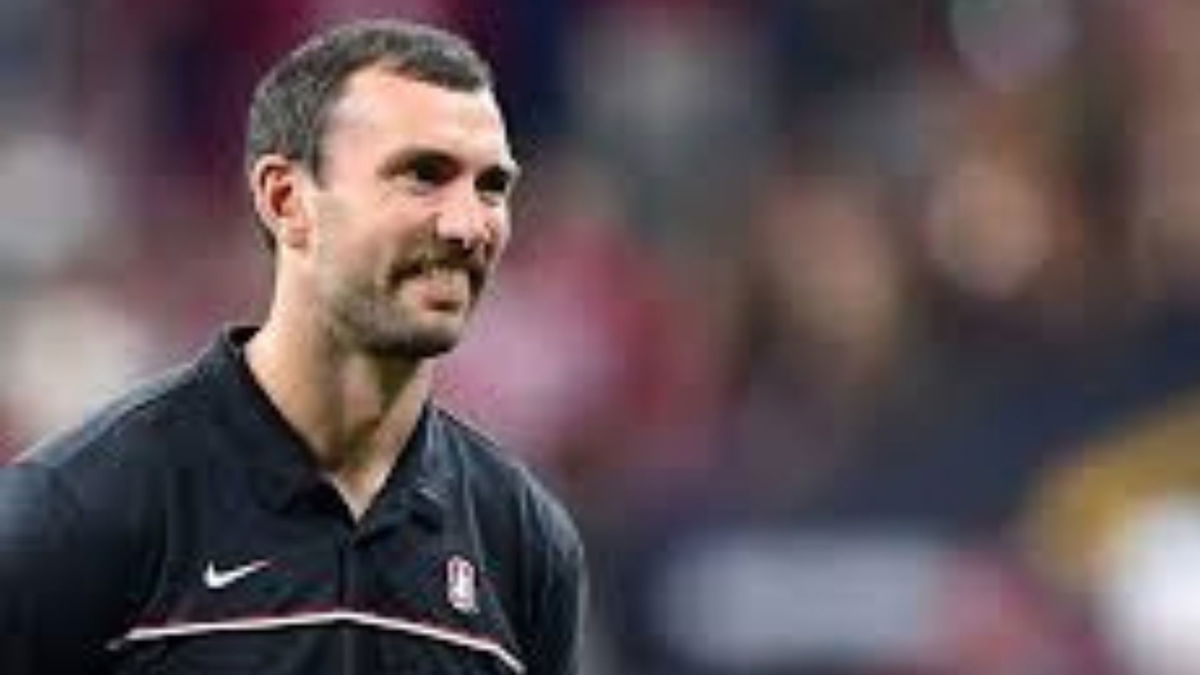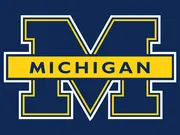

Stanford football is quietly clawing its way back to relevance, making bold moves to restore competitiveness after enduring six poor seasons, five of which ended with losing records. But beyond wins and losses, the university is addressing a profound need: tackling gender disparity in college athletics. Stanford has announced a revenue-sharing model for athletes, pending final court approval of the NCAA’s landmark “House case” settlement.
Watch What’s Trending Now!
Once approved, schools can distribute up to $20million+ annually from NCAA and conference media revenue directly to student-athletes. Stanford aims to fund this entirely through incremental athletic revenue and philanthropy, embedding this shift in its vision of student-first athletics. Stanford’s main aim is to look after their students and form a strong relationship with them, just like they have with Andrew Luck.
A former Stanford graduate, Luck ended their run of seven consecutive losing seasons by helping them win in 2009. He began his career as a starting QB and played his redshirt junior year in 2011. The return of Andrew Luck as Stanford’s football general manager brings credibility. On similar lines, Ron Rivera was appointed as the General Manager of California. Both universities hired them to understand the modern era of college football and deal with the changing landscape of NIL and transfer deals.
ADVERTISEMENT
In the first year of his appointment as GM, Luck fired the head coach, Troy Taylor, on the subject of third-party investigations into complaints from female athletic department employees over inappropriate behavior. “After continued consideration, it is evident to me that our program needs a reset,” Luck said in a statement. Far from sidelining gender equity, Luck, followed closely by Ron Rivera at Cal, has actively championed it. Both will appear in a conversation with ESPN analyst Mina Kimes about the shifting landscape of college athletics on August 6.
Folks in the Bay Area-
Don’t miss the chance to listen to Coach Ron Rivera, Andrew Luck and @minakimes on Aug 6.
This event is hosted by @WCAbayarea – an incredible org that
develops young women into coaches. https://t.co/uJvnVLeg5t pic.twitter.com/ZqYL0UbMr1— Sam Rapoport (@samrap10) June 24, 2025
The hosts of the event are the Women’s Coaching Alliance, an organisation that is focused on reducing the gender gap in leadership roles in sports. They aim to help women between the ages of 15-26 break the stereotypes and boost their confidence to increase the representation of female coaches in youth sports. Well, in college football, gender disparity still prevails predominantly.
ADVERTISEMENT
Gender disparity leads to women in sports suffering in silence
Gender disparity in sports isn’t new; it’s a systematic issue affecting athletes and professionals at every level. And these disparities extend beyond leadership into financial compensation and visibility. From sponsorships and media coverage to NIL deals, a lion’s share is dedicated to Men’s football and basketball. And the ones compensating for that are women’s sports.
ADVERTISEMENT
Urban Meyer echoed the same thoughts in the same context as he said, “I just hope women’s sports don’t go away. Olympic sports are in danger, man. Both my girls played college sports, and you take away college volleyball from my daughters, that’s a game changer.”
Despite the systemic challenges, a WIF report shows that 85% of women in football believe the industry is on the verge of transformative change. As programs like Standard and organisations like Women’s Coaching Alliance begin addressing these disparities head-on, there is growing hope that the future will be more equitable.
Top Stories
Forced to Leave FOX, Cowboys Legend Troy Aikman Says ESPN Is Like ‘U.S. Government’ & Clearly Distinguishes the Two Networks

Arrest For Shaquille O’Neal’s Stolen Range Rover Made But More Bad News Awaits

Who Is Paige Shiver? All About Michigan Football Staffer & Daughter of Veteran Bears Scout Jeff Shiver

Mike Tomlin Finds $180 Million Aaron Rodgers Replacement After QB’s Retirement Announcement: Steelers Insider

Lakers’ Gabe Vincent Dishes on LeBron James, Luka Doncic’s Sacrifices, Role on the Team and More (Exclusive)

What Settlement Agreement Have Michael Jordan & NASCAR Reached? Everything to Know From Evergreen Charters to Payout

ADVERTISEMENT
ADVERTISEMENT
ADVERTISEMENT

